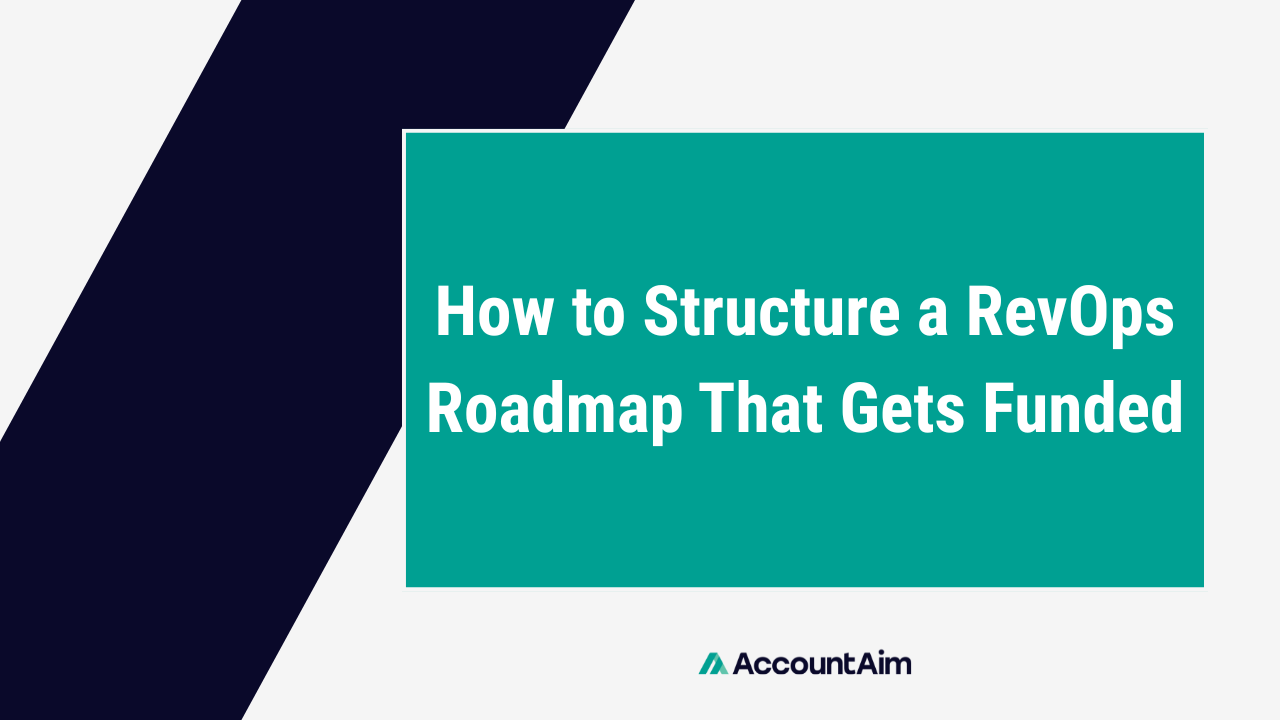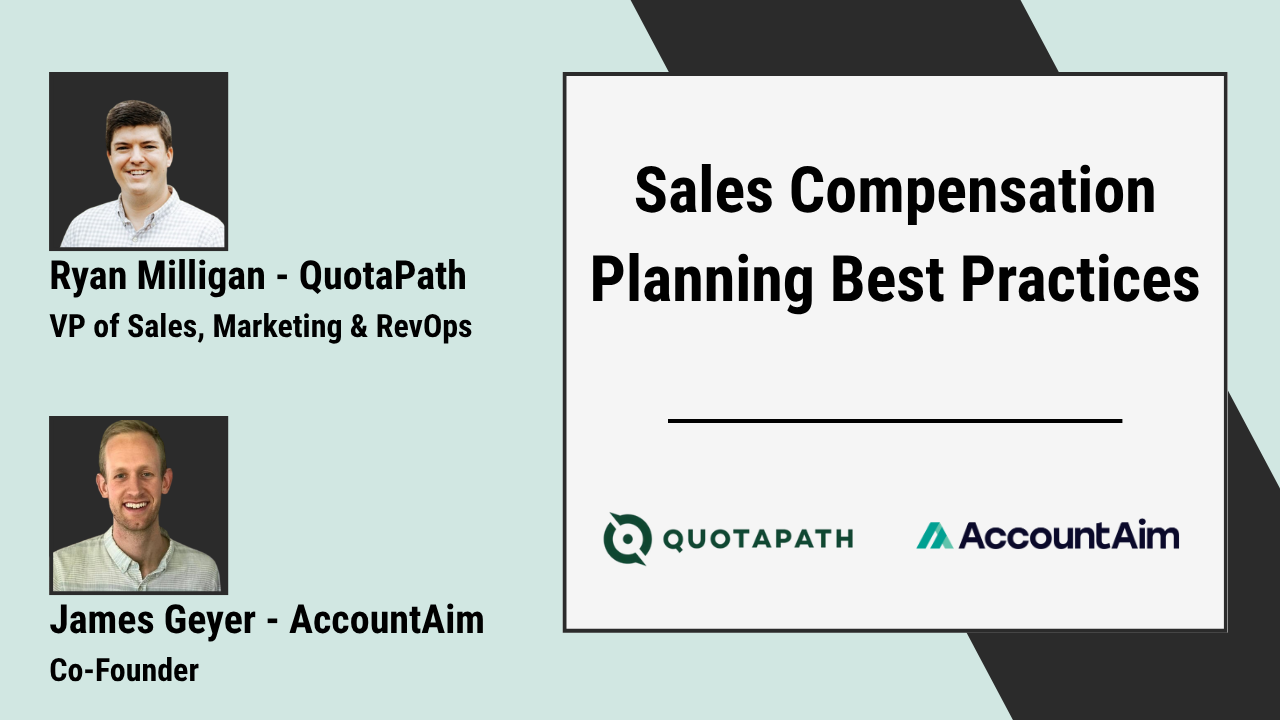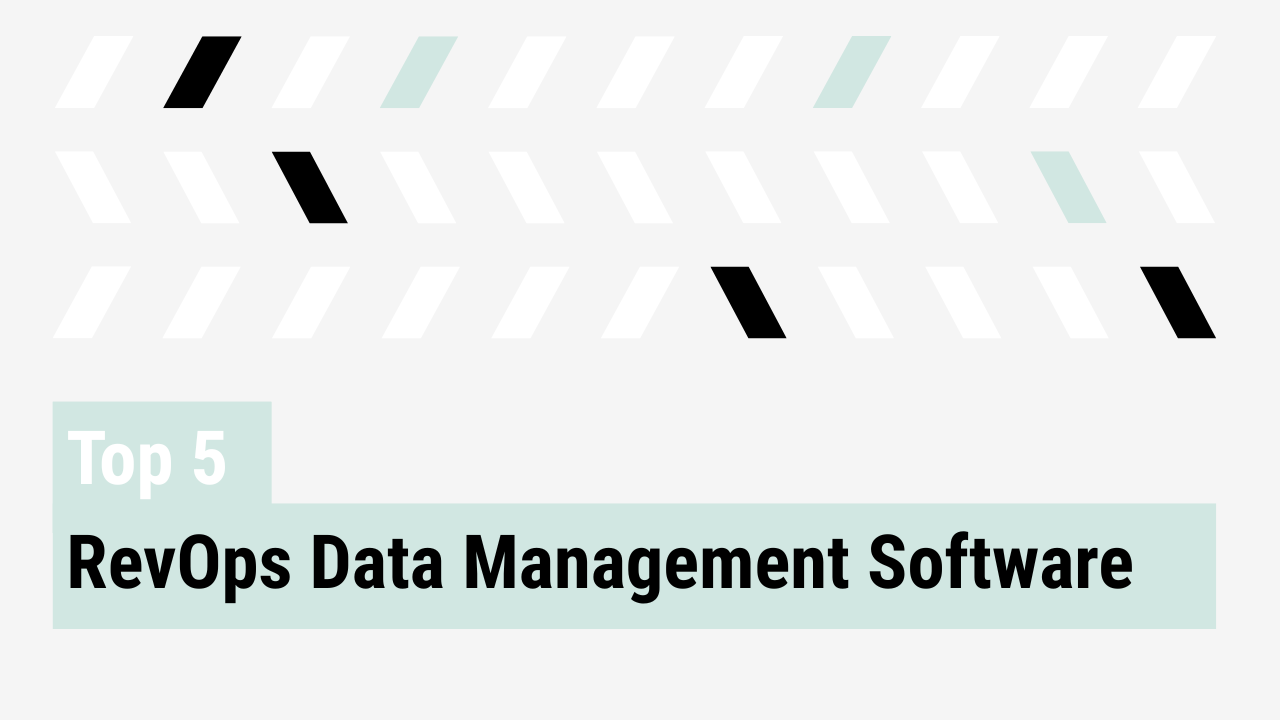Too many RevOps leaders build roadmaps that look like feature requests. They get reviewed, then pushed aside. The difference between a roadmap that sits in a slide deck and one that secures budget is simple: executives fund outcomes, not activities. This post shows how to structure a RevOps roadmap so it gets taken seriously, earns funding, and positions RevOps as a driver of growth.
Start with business outcomes
Executives think in terms of revenue, margin, efficiency, and risk. Every initiative on your roadmap should tie back to one of those. Instead of asking for a new forecasting tool, frame the initiative as improving forecast accuracy by 20%. Instead of a new dashboard, frame it as reducing sales cycle time by 15% by giving managers earlier visibility into stalled deals. Outcomes get funded.
Assess where you are today
The credibility of your roadmap rests on how well you understand the current state. Audit your people, processes, tech, and data. Look for breakdowns at handoffs, duplication of effort, or systems that don’t talk to each other. Show the gaps clearly. It sets the stage for why investment is needed and helps you focus on high-return areas.
Prioritize with clarity
Your list of initiatives will be longer than your available resources. That’s normal. What matters is how you prioritize:
- Impact vs. Effort Matrix: Push quick wins that deliver visible impact with low effort
- Balanced portfolio: Combine short-term fixes with foundational work and long-term bets
- Executive-ready metrics: Use KPIs like pipeline velocity, forecast accuracy, and retention
This approach helps you defend priorities and keeps the conversation focused on business value.
Sequence to build momentum
A roadmap is a story, not a backlog. Break it into phases:
- First 30-60-90 days: Deliver quick wins that build trust
- Quarterly sprints: Tackle larger initiatives with visible milestones
- Ongoing backlog: Keep future priorities visible so ad-hoc requests can be managed
Quick wins create momentum. Strategic projects cement credibility. Together, they show that RevOps can deliver both speed and scale.
Secure executive buy-in
The best roadmap still fails without alignment. Build your case by:
- Bringing in stakeholders early: sales, marketing, CS, finance
- Showing scenarios: what happens if the plan is funded versus if nothing changes
- Highlighting risks of inaction: inefficiency, poor visibility, missed targets
A clear, sequenced roadmap backed by data positions RevOps as an enabler of growth.
Example framework / roadmap structure
| Component | Description |
|---|---|
| Vision & Grand Goals | e.g. Improve forecast accuracy by 20%, reduce sales cycle by 15%, increase net retention by 10% |
| Current State Assessment | Audit of tools, data quality, process gaps, team roles |
| Prioritized Initiatives | List of projects, grouped by goal, ordered via impact vs effort |
| Phased Plan / Timeline | 30-60-90 day sprints, then quarterly sequencing |
| Quick wins | Early deliverables that show progress |
| Strategic work | System overhauls, tech integrations, comp model redesign |
| Stakeholder map & governance | Who owns what, where approvals are needed |
| Metrics & Dashboards | KPIs to measure ROI and progress |
| Risk & Trade-off log | What’s de-prioritized, dependencies, and constraints |
The RevOps roadmap that gets funded
The difference between a wish list and a funded roadmap is structure. When you know how to structure a RevOps roadmap, you tell a story that connects business outcomes, credible sequencing, and clear prioritization. Executives see the impact, understand the trade-offs, and commit resources. Done right, RevOps supports the business and becomes the operating system for growth.



